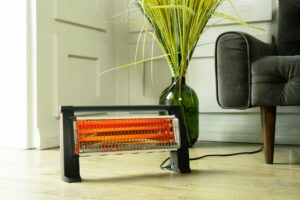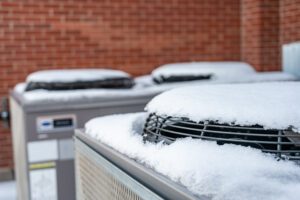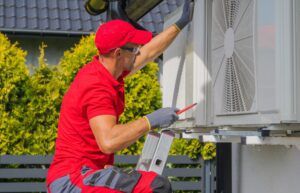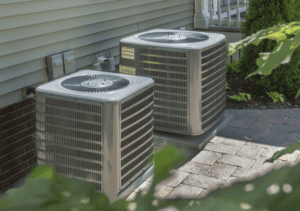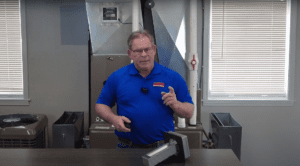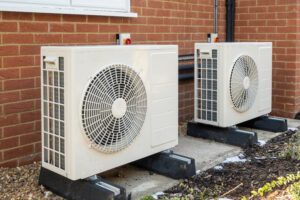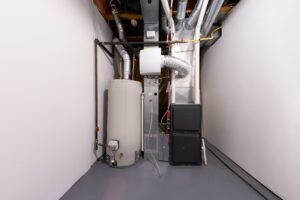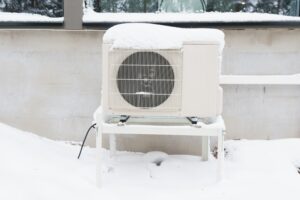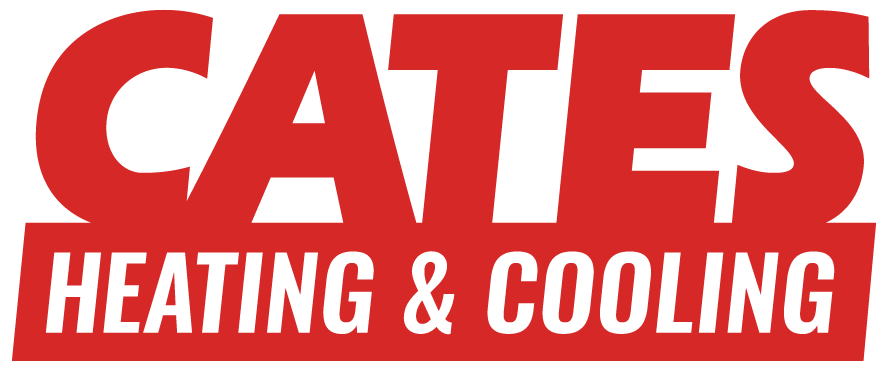If you have looked into replacing your HVAC unit recently, you might have heard about staging. Why is staging important to homeowners in Kansas City? The wide swings of temperatures in this area can really impact your comfort. While there is a 40 degree change in temperature over just a few days time, your HVAC system really needs to be able to adapt to the weather.
This is where staging is beneficial to not only your comfort but also your energy bills.
What Is Staging?
To put it simply, staging refers to how your furnace burns energy. There are different types of staging. So, to answer what staging is, it is beneficial to look at each type.
| Single Stage | Two-Stage | Modulating |
| · One burner rate
· Furnaces before 1980 are mostly single-stage · When your thermostat tells the furnace to switch on, it burns the number of BTUs that the furnace is made to use
|
· Two burner rates
· Most two-stage furnaces have a 70%/100% split · Stage one runs at 70% for 15 minutes · If the house still isn’t warm enough, it switches to the second stage (100% capacity) · Runs in stage one 70-80% of the time |
· Contains smart gas controller that can change output based on need
· Output ranges from 20-100% · Requires a smart thermostat from the same manufacturer · Most efficient but most expensive option |
In general, staging allows you to stay comfortable while still saving money on your energy bill each month.
How Does Staging Work for Heating and Air Conditioning?
Staging allows your furnace or air conditioner to use only the output it needs to heat or cool your home. This means that you aren’t always reaching the maximum BTU output that your furnace is capable of hitting, which helps make your unit more energy efficient.
For air conditioning, regardless of whether you have an air conditioning unit or a heat pump, your air conditioner is powered by a compressor. Compressors can incorporate staging technology to make sure your air conditioner only works as hard as it needs to.
Let’s take a closer look.
First, we need to remember that sizing an HVAC system is crucial. Design temperatures are usually selected for extreme temperatures. For heating, that temperature might be 72°F on a 0°F day, while it might be 75°F for your air conditioner on a 100°F day.
What happens on a day where the temperature is 0°F? Let’s say that your home’s system has 100,000 BTUs. On a day where it is 0°F, your system is going to need to use its maximum capacity to heat your home up to that goal temperature of 72°F.
However, what about on the days where the temperature isn’t that low? You don’t want your furnace to use its maximum capacity. You are paying extra and wasting energy when it does. With a staged system, your furnace will work a little less hard on days when it is 30°F and even less hard on days when it is 50°F. We have more of these 30-50°F days than we do 0°F days, so your furnace could be significantly oversized for much of the heating season.
Additionally, staging allows your furnace or air conditioner to run for longer periods of time with lower BTU outputs per hour, which leads to a lower and less drastic heating or cooling of the space. This translates to a more comfortable home with fewer hot and cold spots. These longer run times, even at a lower capacity, lead to more even temperatures throughout the house.
When your furnace is oversized like this, you are going to waste fuel and allow the system to short cycle, increasing the temperature swings in your home.
The same is true for your air conditioner. While you want to make sure that your system is capable of cooling your home on the really hot days, we have only a handful of those extremely hot days each year. When an air conditioner is oversized, the system can’t properly regulate the humidity in your home, which could lead to moisture-related problems.
How Does the Motor Impact Things?
Motors can also have a significant impact on how efficient your HVAC system runs. There are two different options.
- Multi-Speed: These motors have more than one speed; typically, the speeds are high, medium, and low. Multi-speed motors are the most common motors in furnaces. Multi-speed motors can cost a little more to operate.
- Variable Speed: Variable speed motors are similar to modulating furnaces in the sense that they can run at any capacity between 20 and 100 percent. However, variable speed motors don’t require a smart thermostat like modulating furnaces. The motor speeds up or slows down based on the need of your home. These are the quietest and most efficient motors.
Are you considering an HVAC upgrade? Contact Cates Heating and Cooling in Johnson County, Kansas, to learn more about your HVAC options, including staging equipment. Call us today at 913-914-2800 (Kansas) or 816-944-1844 (Missouri).


